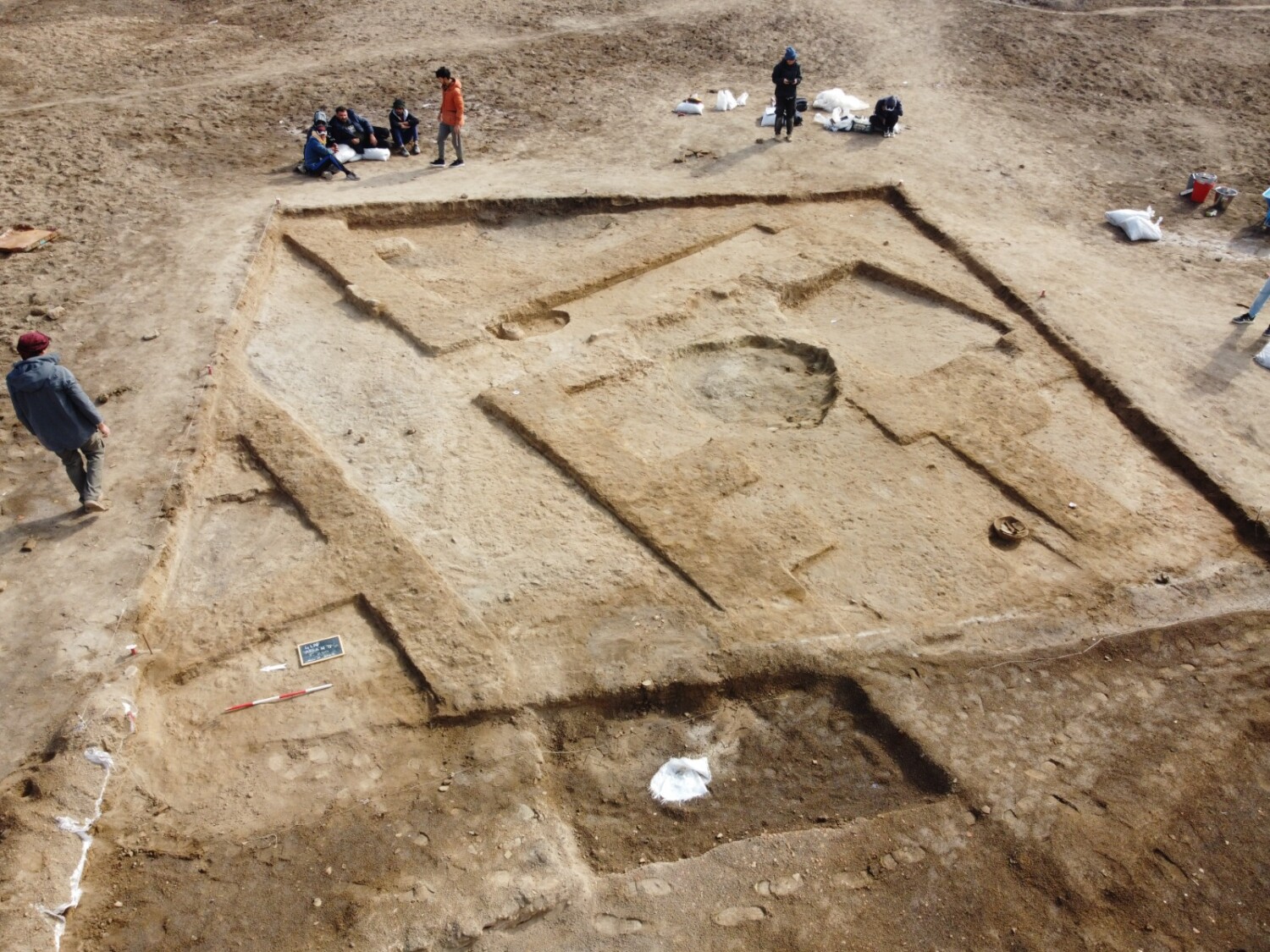Archaeologists recently made a remarkable discovery in the ancient city-state of Lagash, Iraq. The team of archaeologists from the U.S. and Italy uncovered the remains of a tavern 19 inches below the surface. The find dates back to around 5,000 years ago, which could mean that the site has the oldest bar ever discovered.
“It’s a public eating space dating to somewhere around 2700 BCE,” Holly Pittman, a professor in the University of Pennsylvania’s History of Art department and the Lagash project director, told the college’s Penn Today. “It’s partially open air, partially kitchen area.”
Pittman told the Washington Post it’s the earliest public eatery they were aware of in southern Mesopotamia’s first cities.
Lagash was the capital and religious center of a state of the same name, estimated to have a population of around 50,000 people. Archaeological digs over the past few decades have revealed that Lagash was an important manufacturing hub producing many ceramics and other commodities. (The photo below shows pits that held clay for making ceramics, according to Penn Today.)

The archaeological team discovered an industrial-sized oven, a moisture-wicking ancient “fridge” and dozens of conical bowls at the site. According to one archaeologist, the oven is particularly remarkable.
“I think the first feature to show itself was this very large oven and it’s actually beautiful,” Reed Goodman, an archaeologist from the University of Pennsylvania, told CNN. “From various burning episodes and deposits of ash it left a sort of rainbow coloration in the soils and the interior is framed by these big bricks.”
The courtyard was believed to be used as an outdoor dining area, evidenced by the many fish remains found in the conical bowls.
“We’re trying to find out now through lipid analysis what was in the bowls or the jars,” Pittman told the Washington Post. “But it looks like this was kind of a McDonald’s with prepared food for fast service.”
The discovery is significant because it provides insight into how people lived in this ancient city-state. It shows that even thousands of years ago, people enjoyed gathering together in public places to socialize and enjoy food and drink.
This find is part of a larger excavation project at Lagash, which has yielded many exciting discoveries related to daily life in Sumerian times. The team hopes to continue their work at the site to uncover more secrets about this fascinating period in history.
The dishes left untouched at the tavern suggest that something sudden and dramatic, like a natural disaster, might have occurred.
This story originally appeared on Simplemost. Check out Simplemost for additional stories.


